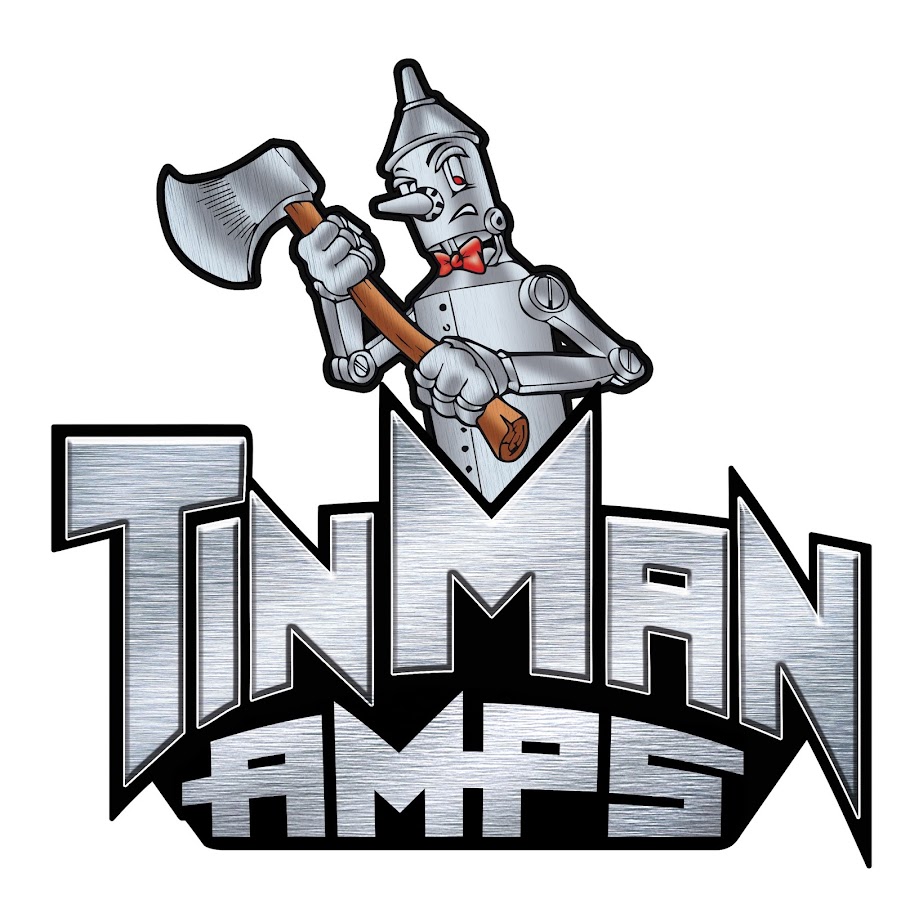History of the US Navy EET modules
The history of the US Navy EET NAVEDTRA training manuals can be traced back to the early days of World War II. In 1942, the Navy recognized the need for a standardized training program for its enlisted personnel. As a result, the Bureau of Naval Personnel (BUPERS) was tasked with developing a series of training manuals that would cover a wide range of topics, from basic seamanship to advanced technical skills.
The BUPERS training manuals were initially known as the “Navy Enlisted Men’s Training Manuals” (NEMTM). The first NEMTM was published in 1943, and by the end of the war, there were over 200 NEMTMs in circulation. The NEMTMs were an invaluable resource for the Navy during World War II, and they helped to ensure that enlisted personnel were well-trained and prepared for the challenges of naval warfare.
After World War II, the Navy continued to develop and update its training manuals. In 1947, the NEMTMs were renamed the “Navy Training Manuals” (NTMs). The NTMs were designed to be more comprehensive and up-to-date than the NEMTMs, and they reflected the Navy’s changing needs and priorities.
In the 1960s, the Navy began to develop a new series of training manuals, the “NAVEDTRA” series. The NAVEDTRA manuals were designed to be more modular and self-paced than the NTMs, and they made use of new technologies, such as film and television. The NAVEDTRA manuals were a major improvement over the NTMs, and they helped to modernize the Navy’s training program.
Today, the NAVEDTRA EET training manuals are an essential part of the Navy’s training program. The manuals are used to train enlisted personnel in a wide range of skills, from basic seamanship to advanced technical skills. The NAVEDTRA EET manuals are constantly being updated to reflect the Navy’s changing needs and priorities, and they are an invaluable resource for the Navy’s enlisted personnel.
The NAVEDTRA EET training manuals are a testament to the Navy’s commitment to providing its enlisted personnel with the best possible training. The manuals have played a vital role in the Navy’s success for over 75 years, and they will continue to do so for many years to come.
![]()
